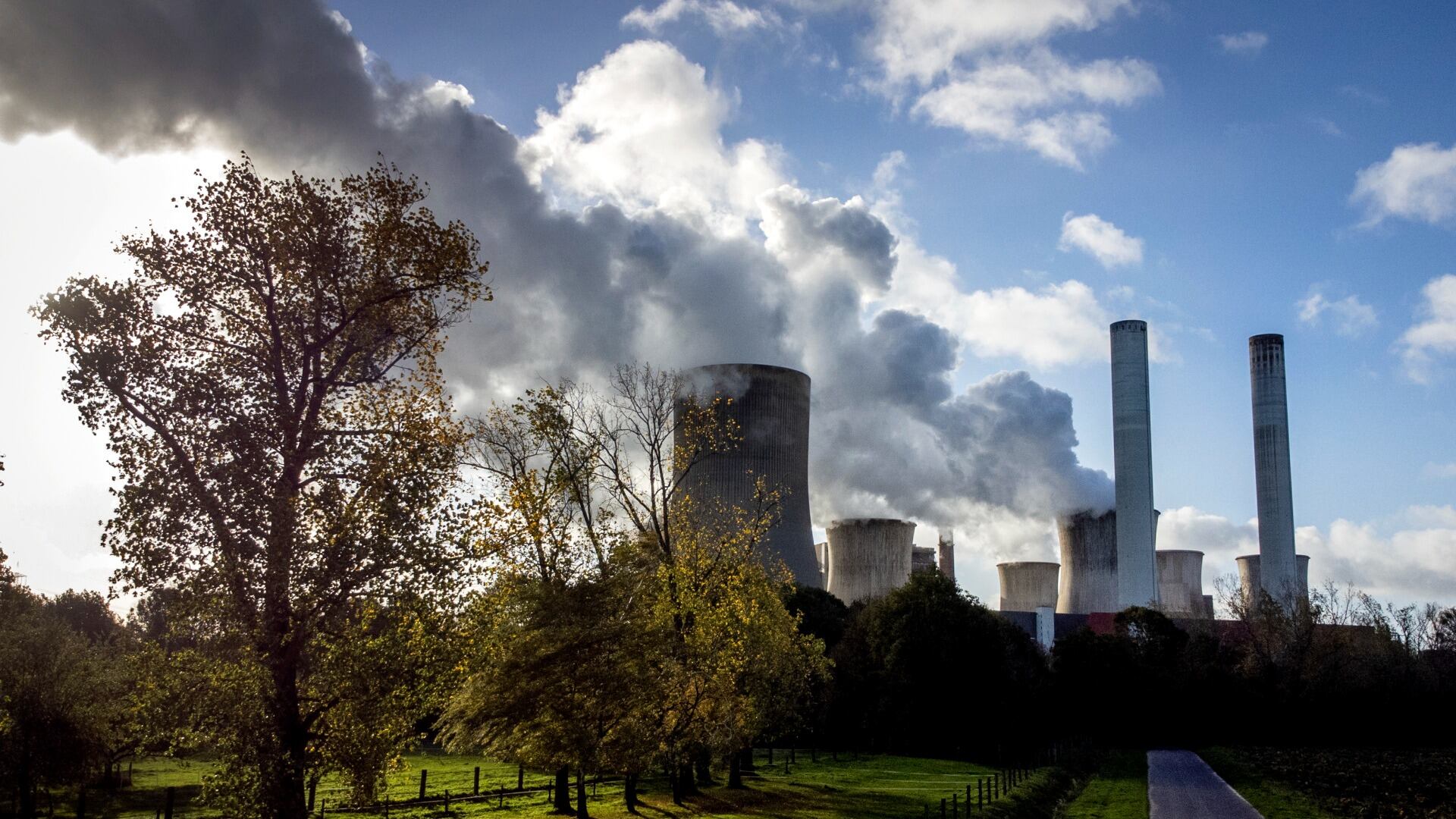By Sibi Arasu
The capacity to burn coal for power went up in 2022 despite global promises to phase down the fuel that's the biggest source of planet-warming gases in the atmosphere, a report Wednesday found.
The coal fleet grew by 19.5 gigawatts last year, enough to light up around 15 million homes, with nearly all newly commissioned coal projects in China, according to a report by Global Energy Monitor, an organization that tracks a variety of energy projects around the globe.
That 1% increase comes at a time when the world needs to retire its coal fleet four and a half times faster to meet climate goals, the report said. In 2021, countries around the world promised to phase down the use of coal to help achieve the goal to limit warming to 1.5 degrees Celsius (2.7 Fahrenheit).
“The more new coal projects come online, the steeper the cuts and commitments need to be in the future,” said Flora Champenois, the report's lead author and the project manager for GEM’s Global Coal Plant Tracker.
New coal plants were added in 14 countries and eight countries announced new coal projects. China, India, Indonesia, Turkey and Zimbabwe were the only countries that both added new coal plants and announced new projects. China accounted for 92% of all new coal project announcements.
China added 26.8 gigawatts and India added about 3.5 gigawatts of new coal power capacity to their electricity grids. China also gave clearance for nearly 100 gigawatts of new coal power projects with construction likely to begin this year.
But “the long term trajectory is still towards clean energy,” said Shantanu Srivastava, an energy analyst with the Institute for Energy Economics and Financial Analysis who is based in New Delhi. Srivastava said the pandemic and the war in Ukraine temporarily drove some nations toward fossil fuels.
In Europe, where the Russian invasion of Ukraine meant a scramble for alternative energy sources and droughts stifled hydropower, the continent only saw a very minor increase in coal use.
Others went the other way. There were significant shutdowns in the U.S. where 13.5 gigawatts of coal power was retired. It's one of 17 countries that closed up plants in the past year.
With nearly 2,500 plants around the world, coal accounts for about a third of the total amount of energy installation globally. Other fossil fuels, nuclear energy and renewable energy make up the rest.
To meet climate goals set in the 2015 Paris Agreement, coal plants in rich countries need to be retired by 2030 and coal plants in developing countries need to be shut down by 2040, according to the International Energy Agency. That means around 117 gigawatts of coal needs to be retired every year, but only 26 gigawatts was retired in 2022.
“At this rate, the transition away from existing and new coal isn’t happening fast enough to avoid climate chaos,” said Champenois.
Srivastava added that its important to make sure the millions employed in coal and other dirty industries are not left behind when transitioning to clean energy, although that gets more difficult the more coal projects get locked in.
“Every day we delay a transition to clean energy," Srivastava said, "it not only makes it harder to achieve climate goals but it also makes the transition more expensive.”













